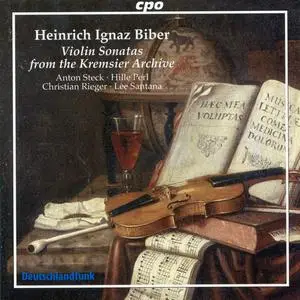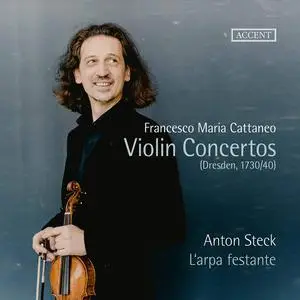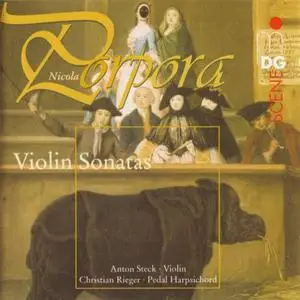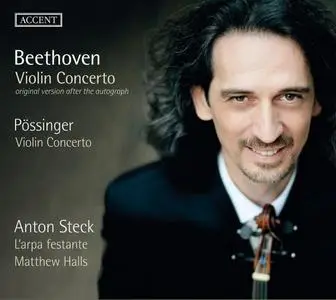Anton Steck, Christian Rieger, Lee Santana, Hille Perl - Biber: Violin Sonatas from the Kremsier Archive (2005)
EAC | FLAC | Image (Cue & Log) ~ 380 Mb | Total time: 67:12 | Scans included
Classical | Label: CPO | # 777 124-2 | Recorded: 2004
EAC | FLAC | Image (Cue & Log) ~ 380 Mb | Total time: 67:12 | Scans included
Classical | Label: CPO | # 777 124-2 | Recorded: 2004
This plunge into the steady stream of Biber releases comes from violinist Anton Steck, an alumnus of the Musica Antiqua Köln period-instrument group. Austria's Heinrich Ignaz von Biber was a brilliant, iconoclastic violinist and composer of the late seventeenth century, hardly known 25 years ago but now the recipient of attention from violinists and casual listeners alike. His Mystery Sonatas collectively depict the Passion story through the unique device of scordatura, or retuning of the violin, which forces the instrument into strange, unearthly textures and moods.





